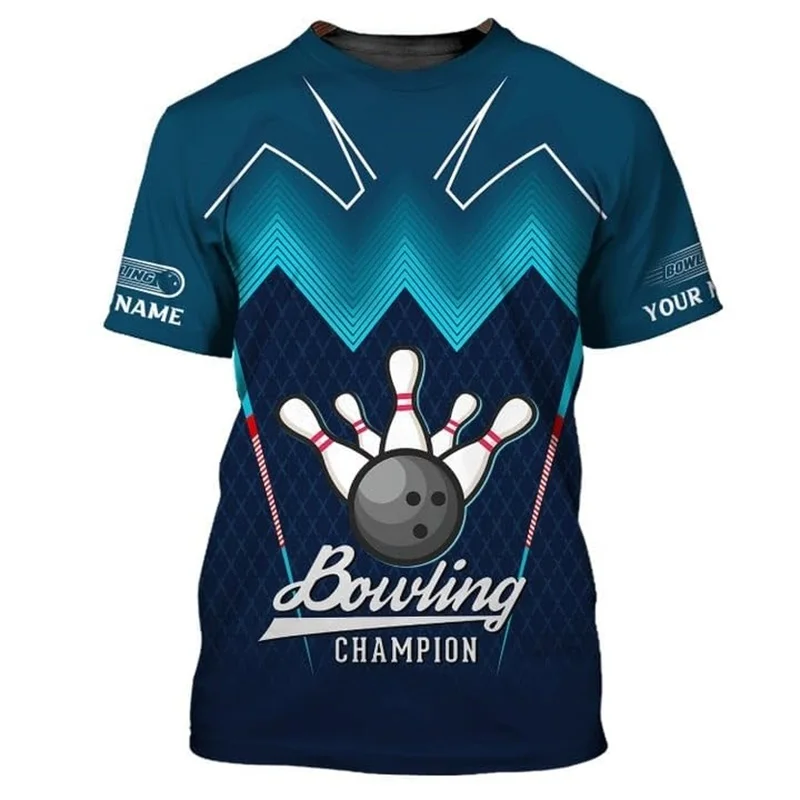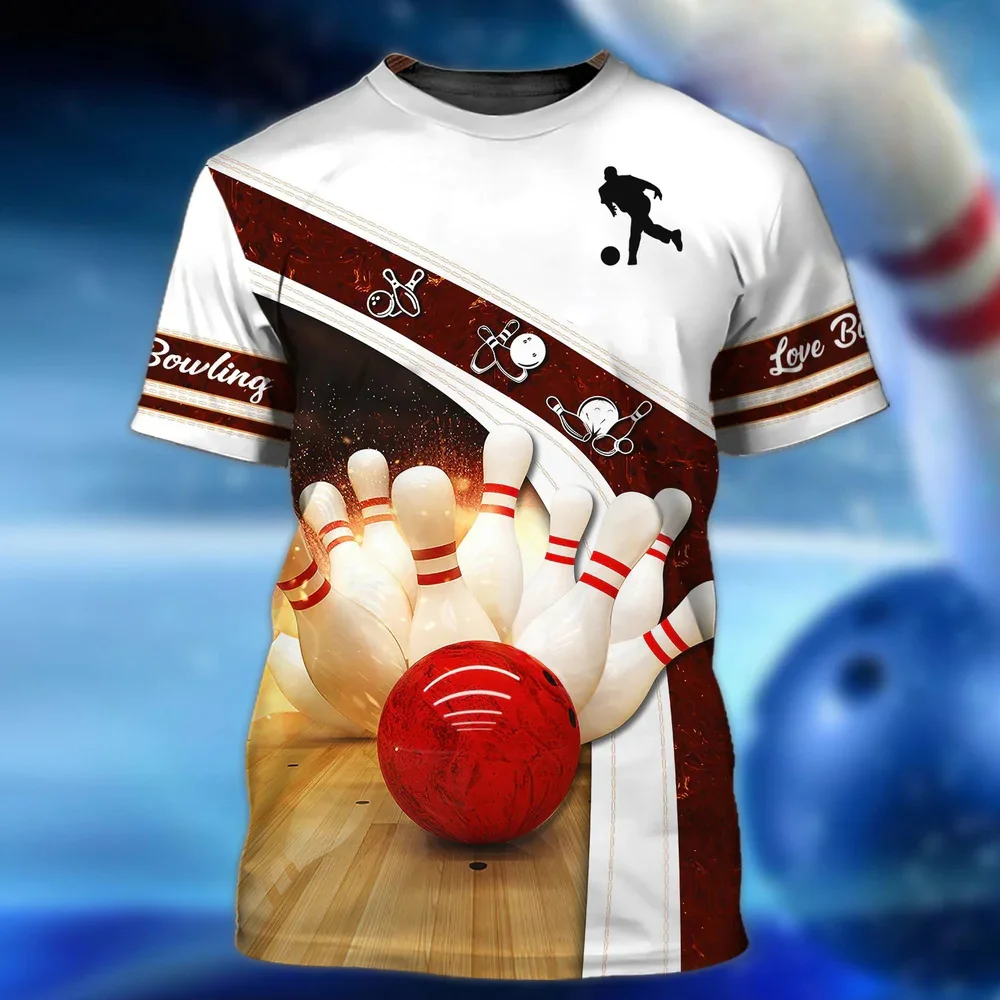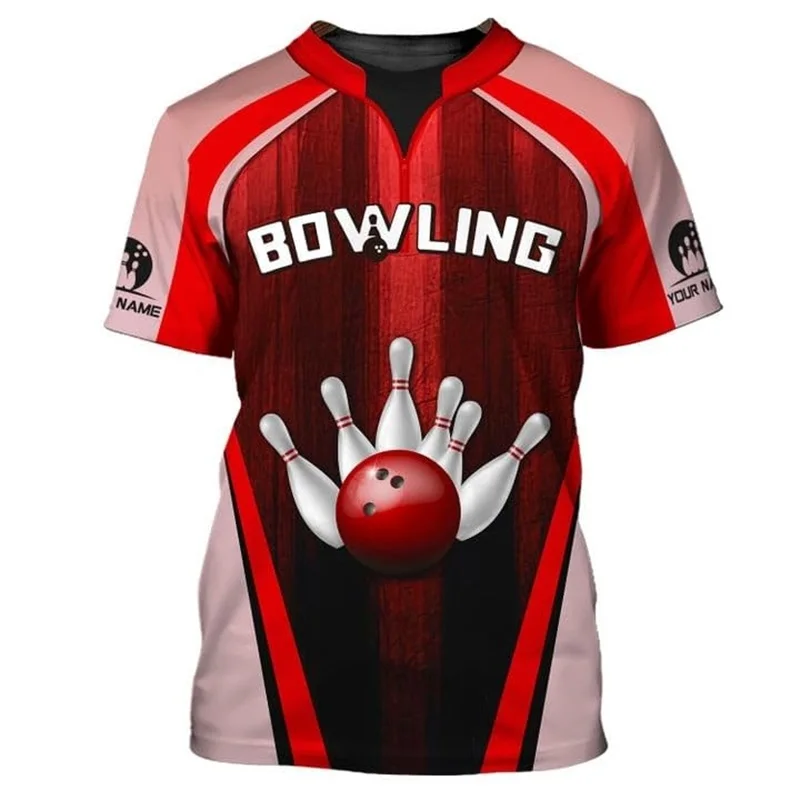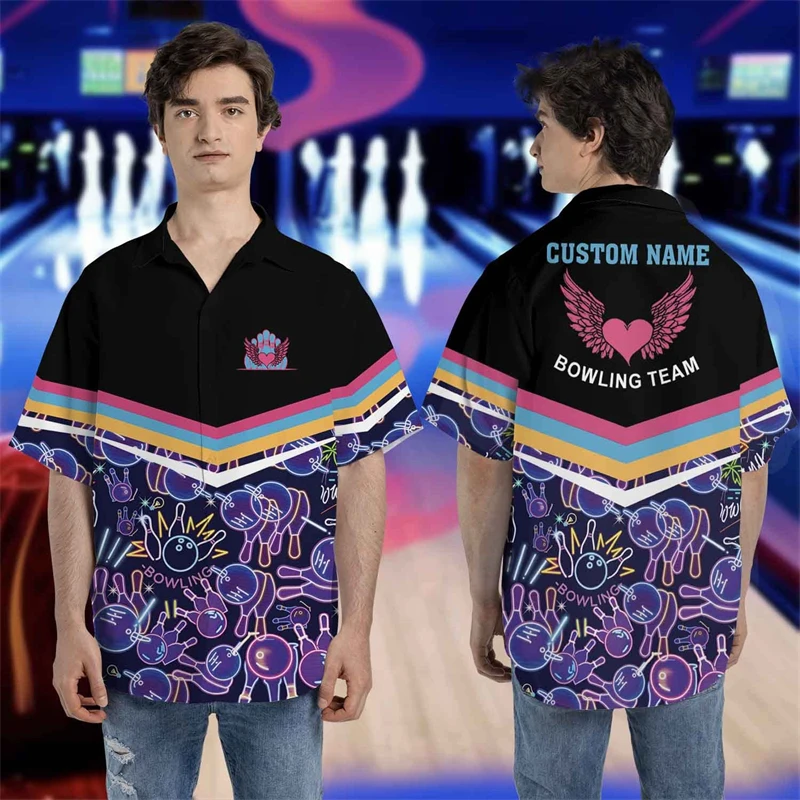When you walk into a bowling alley, your outfit can make a statement before you even pick up a ball. One of the most iconic pieces of bowling attire is the bowling shirts. These vibrant, tailored shirts are more than just fashion—they’re part of the sport’s culture and history. Whether you’re on a league team or just enjoying a casual night out, wearing bowling shirts adds fun, identity, and a touch of retro flair to your experience.
Moreover, modern bowling shirts blend comfort with bold style. They typically feature short sleeves, button fronts, and eye-catching patterns like geometric shapes, flames, or tropical prints. Many include the bowler’s name or team logo embroidered on the chest. This personalization builds team spirit and pride.
Additionally, these shirts are designed for movement. The fabric stretches slightly, allowing full arm swings during delivery. Breathable materials keep you cool under bright lights and during long games. With moisture-wicking options now available, sweat won’t ruin your look.
In this article, we’ll explore the history of bowling shirts, their design elements, how to choose the right fit, where to buy them, and how they enhance both performance and confidence. You’ll also learn about custom options, care tips, and why they remain a favorite among players of all ages.
 The History and Evolution of Bowling Shirts in American Culture
The History and Evolution of Bowling Shirts in American Culture
The story of bowling shirts begins in the mid-20th century. As bowling grew in popularity after World War II, it became a social event. Families and friends gathered at alleys for fun and competition. To stand out, teams started wearing matching outfits. Thus, the bowling shirts trend was born.
These early shirts were flashy and fun. Designers used bright colors, loud patterns, and polyester fabric. The material was wrinkle-resistant and easy to clean. It also held vivid dyes well. This made the shirts durable and visually striking under fluorescent lighting.
By the 1960s and 70s, bowling shirts became symbols of casual cool. Musicians, actors, and athletes wore them off the lanes. Their retro appeal crossed into mainstream fashion. Even today, vintage bowling styles influence streetwear trends.
Leagues adopted uniforms as part of their identity. Teams chose colors and designs that reflected their names—like “Striking Vikings” or “Pin Pals.” Embroidered logos gave a professional look.
In the 1980s, synthetic blends improved comfort. Shirts became lighter and more breathable. Some included stretch panels for better motion.
Today, bowling shirts honor tradition while embracing innovation. Modern versions use eco-friendly fabrics and advanced stitching. Yet they still carry the same bold energy as their predecessors.
This rich history makes the bowling shirts more than just clothing—it’s a cultural icon.
Key Design Features That Make Shirts Unique
What sets bowling shirts apart from regular polo or dress shirts? Several design elements define the classic look. First, the cut is slightly fitted but not tight. This allows freedom of movement without excess fabric flapping during a swing.
Button-down collars are standard. They keep the collar in place when you bend forward. Some models have two-button plackets for added security.
Short sleeves end above the elbow. This prevents fabric from interfering with the release. Rolled-up sleeves are common, but built-in length works better for consistency.
The most recognizable trait is the bold pattern. Think checkerboards, palm trees, lightning bolts, or abstract swirls. These designs often cover the entire shirt. Contrast yokes (panels across the back) add depth and style.
Many bowling shirts include a left-chest pocket. This holds scorecards, pens, or small items. It also provides space for embroidery.
Embroidery is a major feature. Names, numbers, and team logos appear in colorful thread. Custom fonts and placements let teams express their personality.
Some shirts have side vents or gussets. These improve airflow and reduce bunching. Others use mesh panels under the arms for ventilation.
Modern variations include moisture-wicking fabric. This pulls sweat away from the skin. It keeps bowlers dry and focused during intense games.
All these details combine to create a functional, stylish garment perfect for the lanes.
 How to Choose the Right Fit and Size for Your Shirts
How to Choose the Right Fit and Size for Your Shirts
Finding the right fit ensures comfort and confidence. Start by measuring your chest and waist. Use a soft tape measure around the fullest part. Compare your numbers to the brand’s size chart.
Most bowling shirts follow standard sizing: S, M, L, XL, and up. However, cuts vary between brands. Some run slim. Others offer relaxed fits. Always check product descriptions.
If you plan to layer, size up. A light sweater or vest underneath needs room. Too-tight shirts restrict arm movement and feel uncomfortable.
Consider sleeve length. They should end mid-bicep. Too long covers the wrist. Too short feels awkward when swinging.
Shoulder seams should align with your natural shoulder line. Misplaced seams limit motion and cause discomfort.
Try the shirt on if possible. Raise your arms and mimic a bowling motion. Check for pulling or binding. The shirt should move with you.
For custom orders, provide accurate measurements. Guessing leads to poor fit. Reputable sellers offer measurement guides.
Plus-size and tall options are increasingly available. Look for extended ranges online or through specialty retailers.
A well-fitted bowling shirts looks sharp and performs better during play.
Where to Buy Authentic and Custom Shirts
You can find bowling shirts in many places. Local pro shops at bowling centers often sell team-ready styles. Staff can help you choose fabric and sizes. You may even get same-day embroidery.
Online retailers offer broader selection. Amazon, Etsy, and eBay list ready-made and personalized options. Read reviews and check return policies before buying.
Specialty websites like BowlerX, Bowl.com, and StrikeLife Gear focus on bowling gear. They carry licensed brands and custom design tools. Upload logos and preview layouts before ordering.
Department stores like Walmart and Target stock basic versions. These are budget-friendly for casual players. Limited customization is usually available.
For high-quality custom work, consider print-on-demand services. Companies like Custom Ink and Vistaprint allow full design control. Choose fonts, colors, and placement.
Look for durable stitching and colorfast fabric. Cheap shirts fade quickly. Embroidery should be tight and neat. Loose threads indicate poor quality.
Compare prices across sites. Custom shirts cost more but last longer. Bulk discounts help leagues save money.
Whether you want one shirt or twenty, there’s a source for every need.
 Benefits of Wearing Team Shirts for Leagues and Events
Benefits of Wearing Team Shirts for Leagues and Events
Wearing matching bowling shirts strengthens team unity. When everyone looks the same, it builds a sense of belonging. Players feel proud to represent their group.
Also, team shirts make identification easier. In tournaments, officials and fans recognize squads quickly. Opponents take you more seriously when you appear organized.
Custom names and numbers add individuality within the group. Each player feels seen. This boosts morale and accountability.
Sponsorship opportunities grow with visible branding. Local businesses may fund shirts in exchange for logo placement. This supports the team financially.
Team shirts also serve as memorabilia. After a season ends, members keep them as souvenirs. They remind players of shared victories and friendships.
For charity events or fundraisers, themed bowling shirts attract attention. Bright designs draw eyes and spark conversations. This helps promote causes.
Even practice sessions feel more official. Dressing the part increases focus and effort. Players act like competitors, not just casual bowlers.
Overall, team bowling shirts do more than look good. They build identity, pride, and connection.
Caring for Your Shirts to Keep Them Looking Fresh
Proper care extends the life of bowling shirts. First, wash them after each use. Sweat and oils stain fabric over time. Turn shirts inside out before washing. This protects embroidery and colors.
Use cold water and mild detergent. Hot water fades bright patterns. Avoid bleach, which weakens fibers and dulls dyes.
Wash on gentle cycle. Aggressive spinning damages stitching. Wash similar colors together to prevent bleeding.
Air drying is best. Hang shirts on plastic hangers. Direct sunlight may fade colors. Do not tumble dry unless label says safe.
If ironing is needed, use low heat. Place a cloth between the iron and shirt. Never press directly on embroidered areas.
Store shirts properly. Fold or hang them in a dry closet. Avoid damp basements or hot attics. Moisture causes mildew.
Remove stains quickly. Blot spills with a clean cloth. Use stain remover on tough spots. Test on hidden area first.
With regular maintenance, your bowling shirts will stay vibrant and wearable for seasons.
 How Shirts Enhance Confidence and Performance
How Shirts Enhance Confidence and Performance
What you wear affects how you feel. A sharp bowling shirts boosts self-confidence. When you look good, you believe in your abilities more.
Also, dressing like a pro encourages pro behavior. You stand taller and focus harder. This mental edge improves concentration and consistency.
Comfort plays a role too. A well-fitting, breathable shirt reduces distractions. You won’t adjust sleeves or tug at fabric during your approach.
Team shirts increase accountability. Knowing others rely on you motivates better performance. No one wants to let the team down.
Personalized shirts make you feel recognized. Seeing your name on the chest creates pride. This emotional boost fuels determination.
Even opponents respond differently. A unified, well-dressed team appears more skilled. This psychological advantage can shift momentum.
Fun designs lighten the mood. Laughter and smiles reduce stress. Lower anxiety leads to smoother throws and better scores.
In short, bowling shirts don’t just cover your body. They shape your mindset and game.
Frequently Asked Questions About Shirts
Are bowling shirts only for league players?
No, anyone can wear them. They’re popular for parties, gifts, and retro fashion.
Can women wear bowling shirts?
Yes, many brands offer feminine cuts and sizes. Styles include tapered waists and smaller collars.
Do bowling shirts need to be custom?
Not necessarily. Ready-made options work for casual play. Custom ones suit teams.
How do I clean embroidered bowling shirts?
Wash inside out in cold water. Air dry to preserve stitching and color.
Are there plus-size bowling shirts available?
Yes, many retailers offer sizes up to 5XL. Check product details before ordering.
Can I wear bowling shirts outside the alley?
Absolutely. Their retro style fits casual outings, concerts, or themed events.
What fabric are most bowling shirts made from?
Polyester is common. It resists wrinkles and holds color well. Cotton blends add softness.
Do bowling shirts come in long sleeves?
Some do, though short sleeves are standard. Long-sleeve versions suit cooler environments.
 Final Thoughts: Why Bowling Shirts Are More Than Just Fashion
Final Thoughts: Why Bowling Shirts Are More Than Just Fashion
The bowling shirts is much more than a piece of clothing. It represents tradition, teamwork, and individual expression. From its roots in mid-century Americana to its modern revival, it continues to connect players across generations.
Moreover, it enhances both appearance and performance. A great fit and bold design lift your mood and sharpen your focus. Whether customized or store-bought, it shows you take the game seriously—even if you’re just having fun.
As bowling remains a beloved pastime, the bowling shirts stays relevant. It bridges nostalgia and modern style. It unites teams, honors achievements, and turns ordinary nights into memorable experiences.
In conclusion, never underestimate the power of what you wear. A simple bowling shirts can transform your presence on the lanes. Wear yours proudly—and roll with confidence.